
Massacre and Mass Rape in Afshar (February 10-11, 1993)
Afghanistan Justice Project
Reading time: (Number of words: )
All the versions of this article: [English] [فارسى]
Ittihad-i Islami commanders and units participating in the operation
Haji Shir Alam, division commander affiliated to Sayyaf, from Paghman, named by numerous eye witnesses as leading troops in Afshar on the first two days when abuses were committed
Zulmai Tufan, commander of the Lewa 597 brigade, named by numerous eye witnesses as leading troops in Afshar on the first two days, when abuses were committed. (Lewa 597 existed before the fall of Dr. Najibullah’s government when it was called Lewa Moradat-Tank). It was in based in the Company area of west Kabul.
Dr. Abdullah, commander of a battalion level unit (ghund) of the Lewa 597, named by several witnesses as leading troops in Afshar on day one and two, when abuses were committed Jaglan Naeem, commander of a battalion level unit (ghund) of the Lewa 597, had stationed troops in Afshar by second day of the operation
Mullah Taj Mohammad, named as participating in planning of the operation
Abdullah Shah, named by several witnesses as leading troops in Afshar and responsible for arbitrary arrests, abductions and other abuses.
Khinjar, who had stationed troops in Afshar by the second day of the operation
Abdul Manan Diwana, commander of a battalion level unit (ghund), named by witnesses as stationing troops in Afshar by the second day of the operation
Amanullah Kochi, commander of a battalion level unit (ghund), had stationed troops in Afshar by second day of the operation
Shirin, commander of a battalion level unit (ghund), had stationed troops in Afshar by the second day of the operation
Mushtaq Lalai, commander of a battalion level unit (ghund), had stationed troops in Afshar by the second day of the operation
Mullah Kachkol, had stationed troops in Afshar by second day of the operation
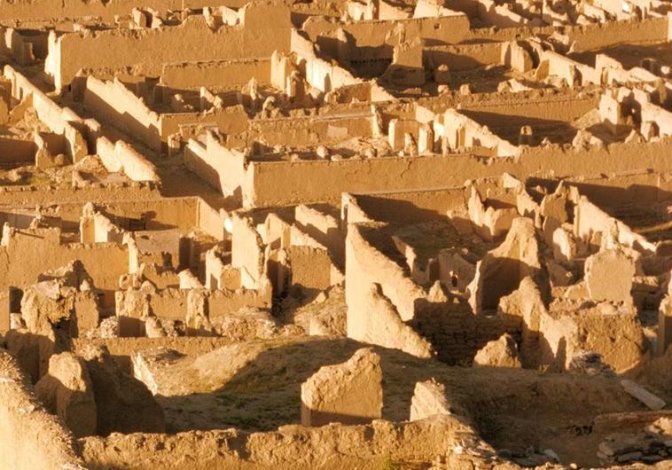
Narrative of the operation
All of the forces that ultimately participated in the fighting on February 10-11, 1993, were already deployed in and around Kabul before the start of the offensive. The main preparations made by the ISA were the conduct of special operations to weaken the Hizb-i Wahdat defenses and deployment of additional artillery for the bombardment. As director of intelligence, Mohammad Fahim had overall responsibility for special operations. His personnel contacted a number of the Shia commanders around Afshar and obtained their commitment to cooperate with the Islamic State offensive.
The most significant new deployment of artillery before the operation was the position on Aliabad Hill. Massoud pre-positioned a Z0 23 gun there, with the detachment of 30 men, to target the area around the Central Silo, Afshar, Kart-iSeh, Kart-iChar and Kart-iSakhi.
The main significance of the massive firepower and the large number of positions from which artillery was used is that they demonstrate the scale and significance of the operation. This was not a raid or skirmish but a full scale battle, in which the Islamic State deployed the combined military resources from the old Soviet era army and the mujahidin against targets within the capital city, all of them located in areas that were primarily residential, with the civilian population intact.
Witnesses who were associated with the military at the time of the operation have provided accounts of the planning and military coordination that Massoud undertook prior to actually launching the operation on the ground. However, this represents only a partial view of the planning, as an operation of this scale must have involved intensive preparations. According to one witness, the top Jamiat commanders, along with selected senior Ittihad commanders (Shir Alam and Zulmai Tufan), and with the main Shia ally, Massoud Hussain Anwari, plus the ISA military advisors, met under the chairmanship of Massoud at Corps headquarters in Badambagh two days before the operation. Another meeting was held in an intelligence safe house in KartiParwan, near the Intercontinental hotel, on the night before the offensive. Massoud used the same house as an operations room for much of the day. There was also a meeting of the Ittihad commanders, under the chairmanship of Sayyaf, in Paghman, one day before the operation. The purpose of these meetings was to instruct key commanders on their role in the ground offensive.
The ISA forces commenced a generalized bombardment of west Kabul on the night of February 10-11, 1993, with targets both around the Social Science Institute and Afshar and in the rest of the Shia areas of the city. Troop movement started around 05.00 on February 11, and this is generally remembered as the time of the full commencement of the operation. The first decisive troop movement was from Badambagh to the top of the Radar Hill, part of the Afshar ridge. ISA troops were immediately able to take over positions along the top of the ridge unopposed and the main Hizb-i Wahdat defense posts there were burned and the tanks stationed there immobilized.
A large contingent of both Ittihad and Jamiat forces advanced towards Afshar from the west. The closest point of the front line to the main target of the operation was the Kabul Polytechnic. A Jamiat force advanced along the main Afshar Road, from Kart-iParwan and the Intercontinental Hotel, towards the Social Science Institute, entering Afshar from the east. The ISA forces did not advance along other sections of the front line marking the west Kabul enclave, although they maintained an intense bombardment and had ample forces deployed to maintain a threat of advance.
However, by 13.00 Hizb-i Wahdat’s main defense line along the Afshar ridge was gone and their hold on the Social Science Institute untenable. Mazari and his top commanders fled the Institute on foot. By 14.00 the ISA forces were able to occupy the Social Science Institute, and the forces that had advanced from the east and the west, met up in Afshar, having taken effective control of the area. They deployed in Khushal Mina and Afshar, but made no further advance.
Troops started to secure the area, establishing posts and undertaking a search operation. It was this search operation that rapidly became a mass exercise in abuse and looting, as described in the civilian eyewitness testimony below.
Mazari was able to order the re-establishment of the defense line along the edge of Khushhal Mina, next to the Central Silo and Kart-iSakhi, thus retaining most of the rest of west Kabul. Some of the Afshar residents, basically those considering themselves most vulnerable, managed to flee with the departing Wahdat troops (this factor seems to account for the relatively low number of male youths mentioned in the casualties in the testimony). However, the majority of the Afshar civilian population was in place as the ISA forces took over. Because of the bombardment, active fighting and presence of potentially hostile troops, it seems that many civilians were unable to leave on the first day of the operation. However, a mass exodus took place on the night of the February 11-12. Women and children fled mainly towards Taimani, in north Kabul, and they found shelter in schools and mosques in the Ismaili quarter there. Some old men elected to stay and guard houses and possessions, but testimony indicates that the troops mainly targeted men for arbitrary detention and summary execution, i.e. male civilians were not free to leave the area. Most survivors who fled Afshar described seeing debris and corpses along the way, indicating that they fled after the main battle. By the end of the second day, the bulk of the civilian population had evacuated Afshar and it seems that this exodus was the development that most decisively ended abuses against civilians in the area.
On the second day of the operation, February 12, Massoud convened a meeting in the Hotel Intercontinental which, belatedly, discussed arrangements for security in the newly captured areas. This meeting was attended by top ISA military commanders and political figures, including Rabbani, Sayyaf, Hayatollah Mohsin, Ayatollah Fazl, and General Fahim. ISA did claim a Shia constituency and Hussain Anwari, as a senior ISA commander, was under pressure from Shia civilians to make some arrangements for their safety. The meeting ordered a halt to the massacre and looting and agreed on an exchange of envoys between the warring parties, for identification of prisoners. It also called for a withdrawal of the offensive troops, leaving a smaller force to garrison the new areas.
Given the scale of abuses that occurred on the first two days of the operation, before the meeting, it was clearly too late to prevent the main abuses. The meeting also seems to have been ineffective in halting the looting of the area, as the destruction of housing in Afshar happened largely after the meeting.
Related Articles

Poems for the Hazara
The Anthology of 125 Internationally Recognized Poets From 68 Countries Dedicated to the Hazara
Order Now
Human Rights, Native People, Stateless Nations, Literature, Book Review, History, Philosophy, Paradigm, and Well-being
Subscribe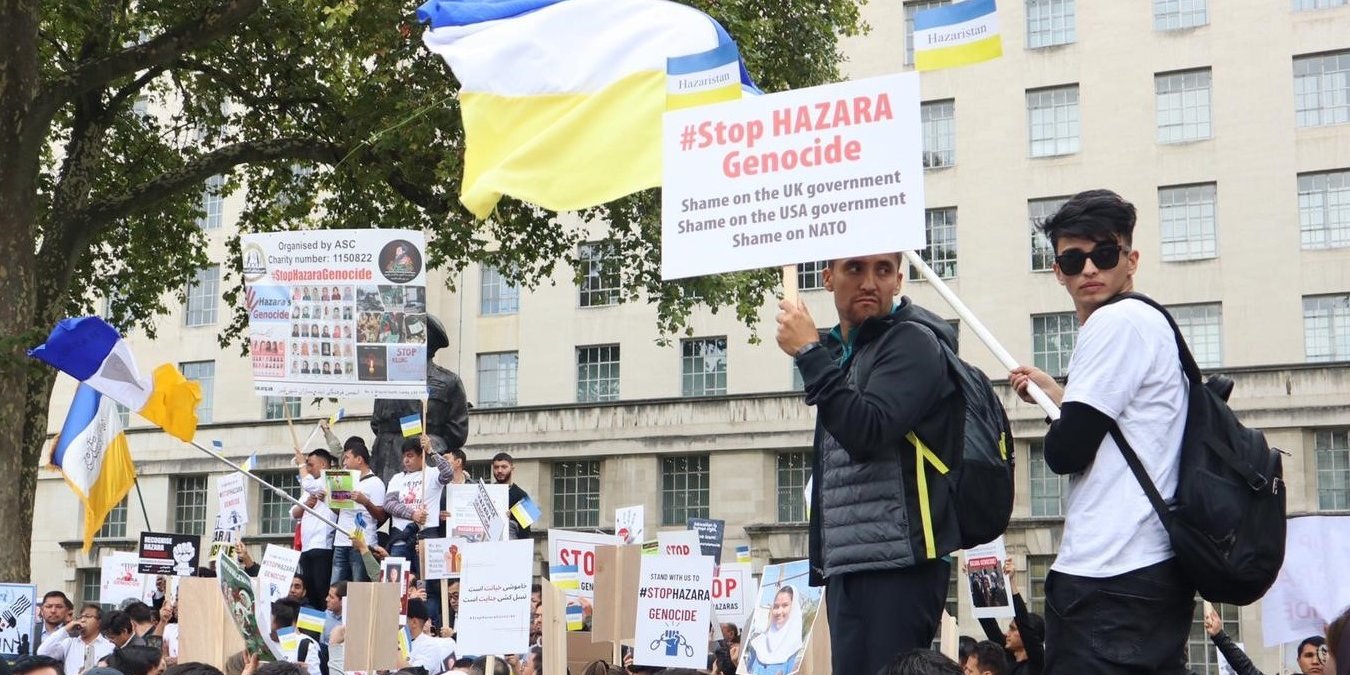
From Awareness to Action: Addressing the Roots of the Hazara Genocide
Saturday 2 March 2024 ,
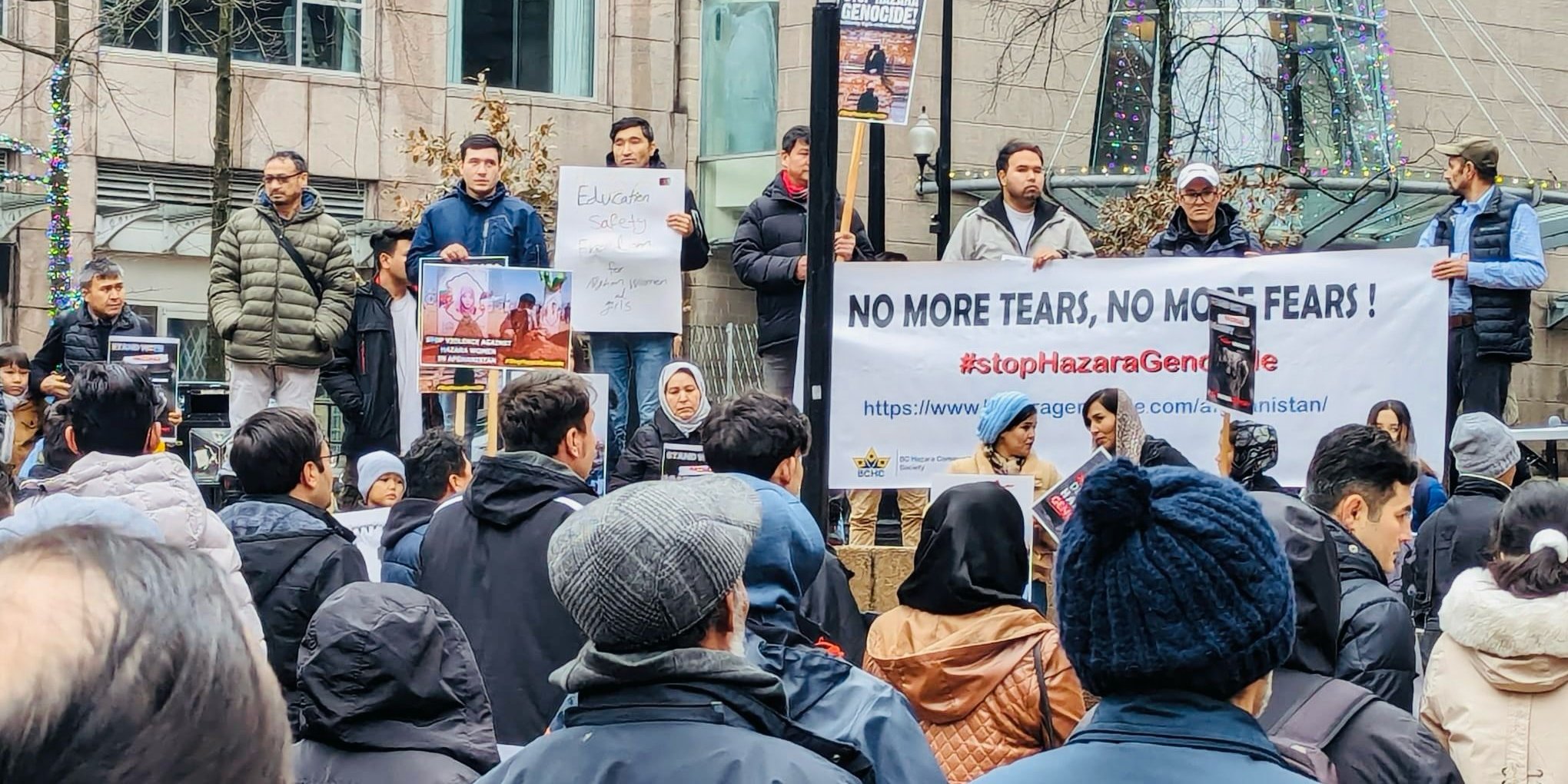
Taliban’s Systematic Abduction of Non-Pashtun Girls: Urgent Calls for International Action
Thursday 25 January 2024 ,
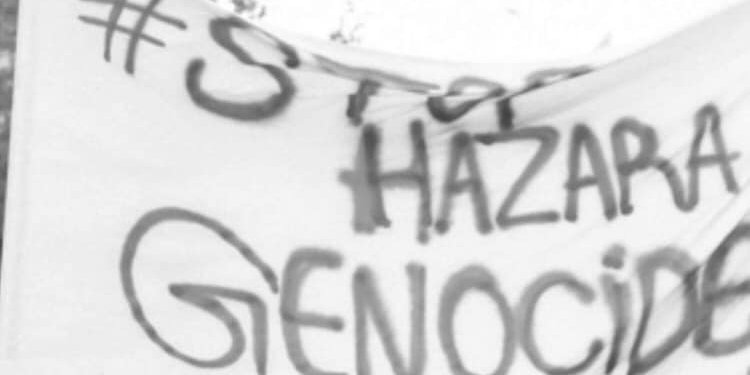
Hazara Genocide Continues: Brutal Attack on Hazara Community in Pol-e-Khomri, Baghlan
Saturday 14 October 2023 ,
Latest
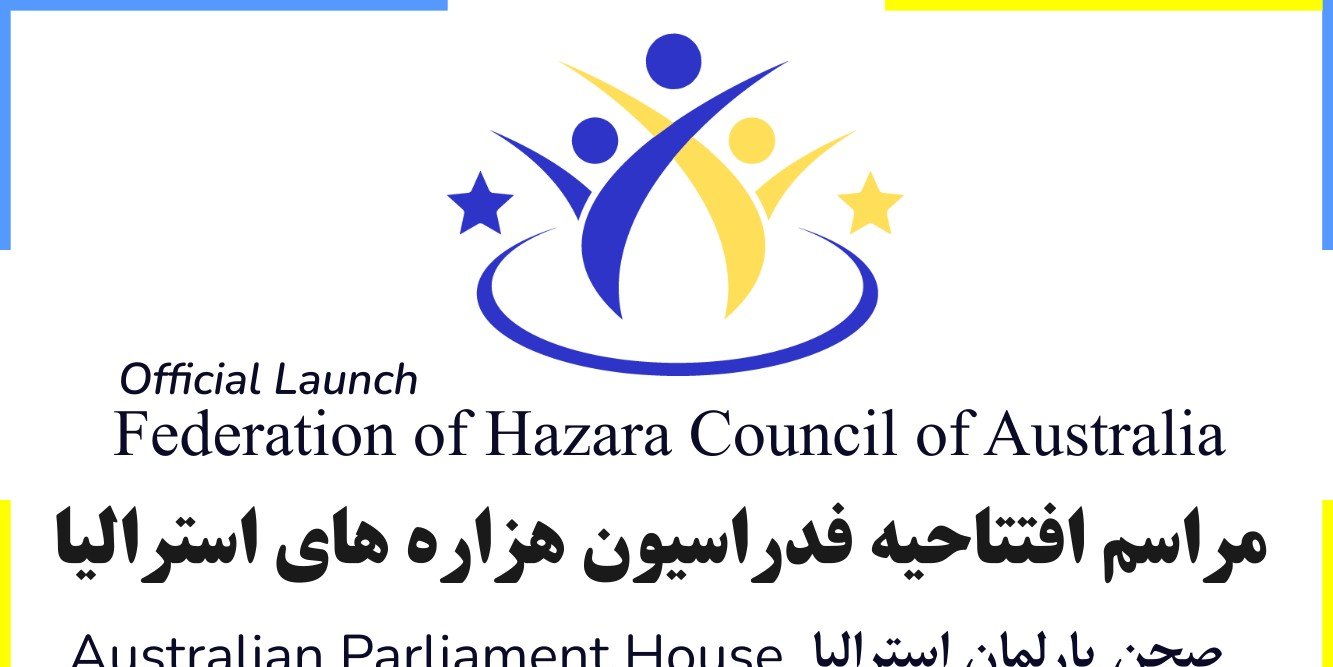
The Federation of Hazara Council of Australia (FHCA) is to launch at Parliament House
Thursday 22 February 2024 ,

Hazara Stateless Nation Embarks on Digital Sovereignty Journey with Launch of Digital Hazaristan
Thursday 22 February 2024 ,
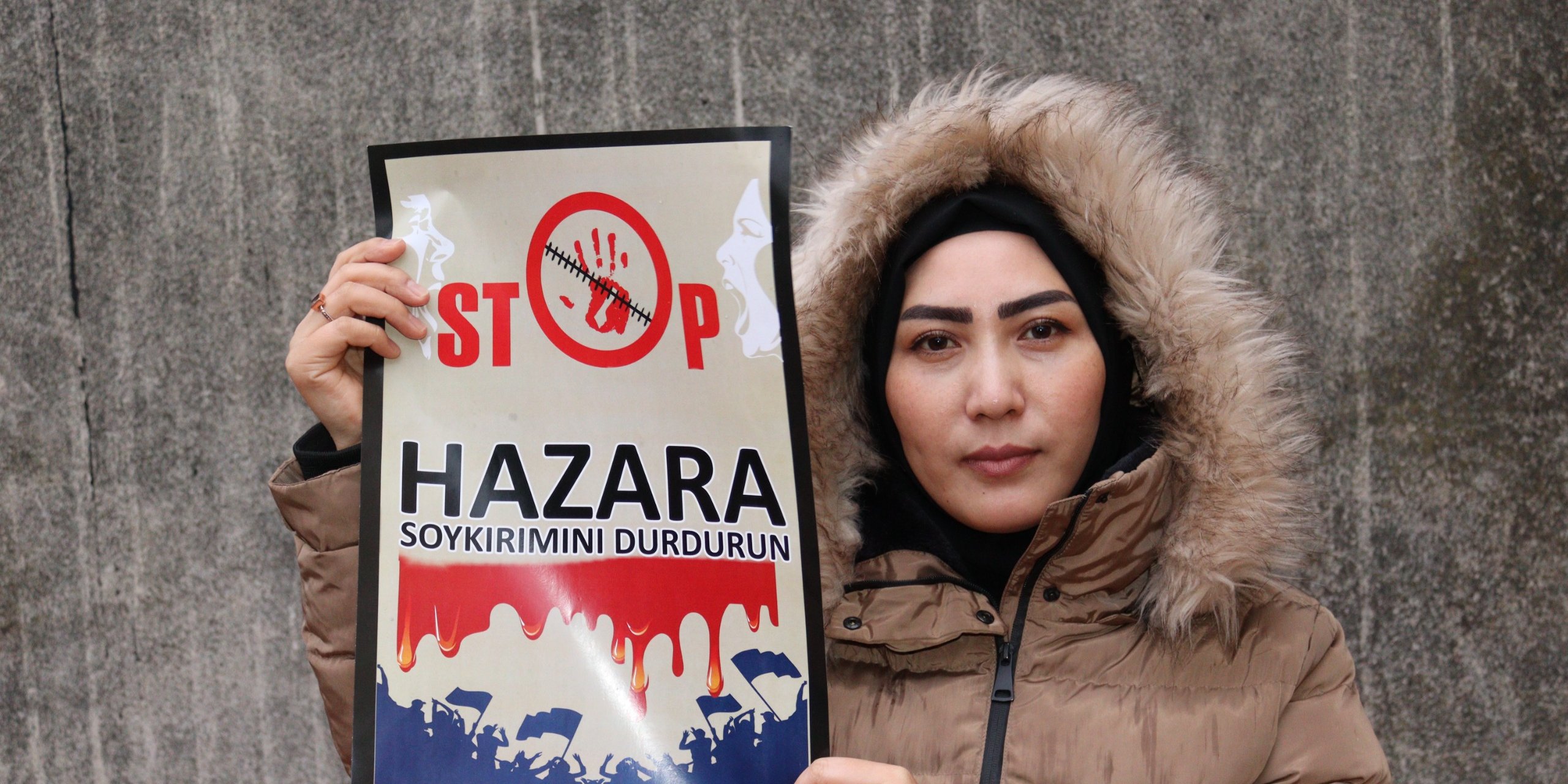
Trabzon Rally Denounces Hazara Genocide and Taliban Abductions: Global Appeal for Action
Thursday 25 January 2024 ,
Protest
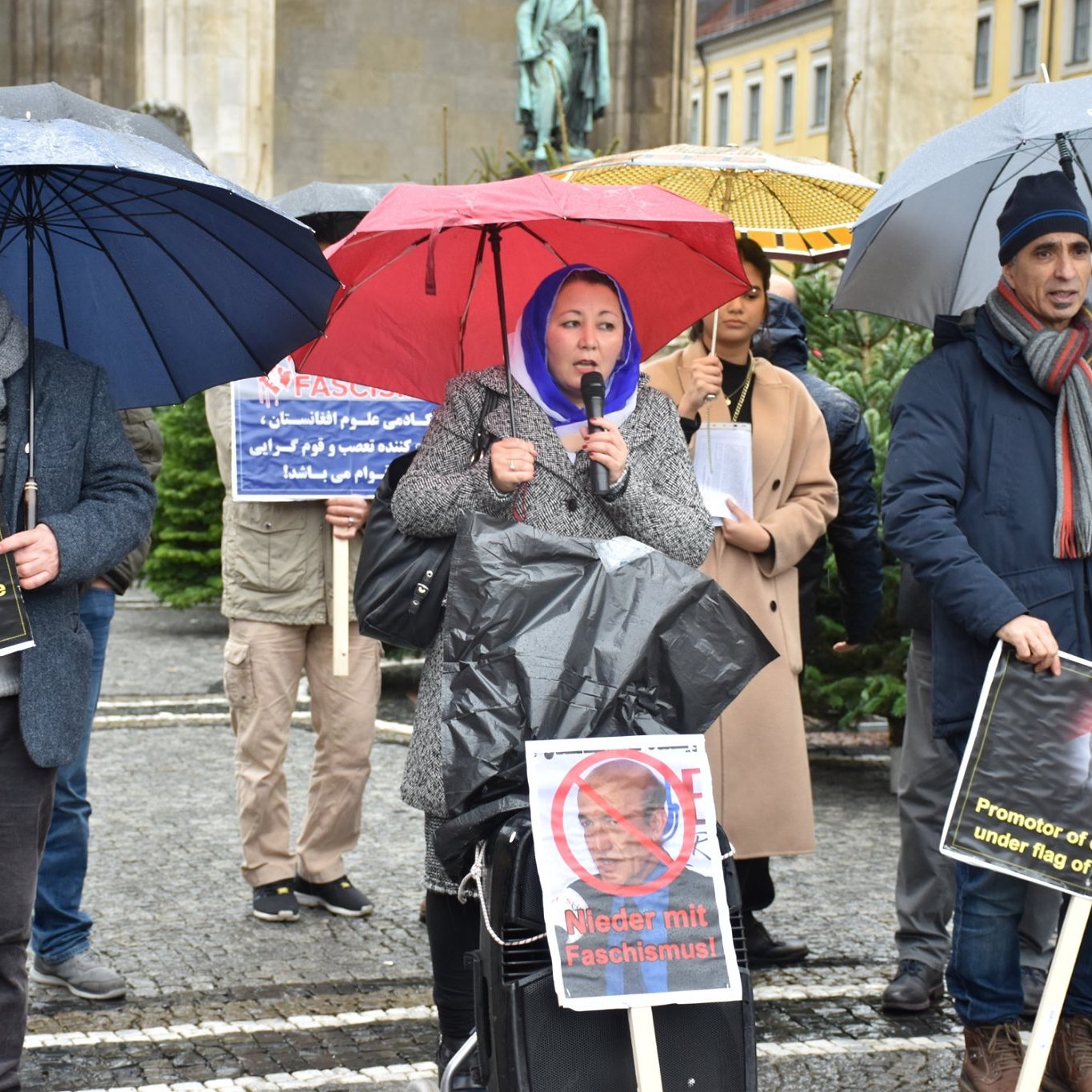
Munich: Protest Against Afghan Nazism and Fascism
Sunday 22 December 2019 ,
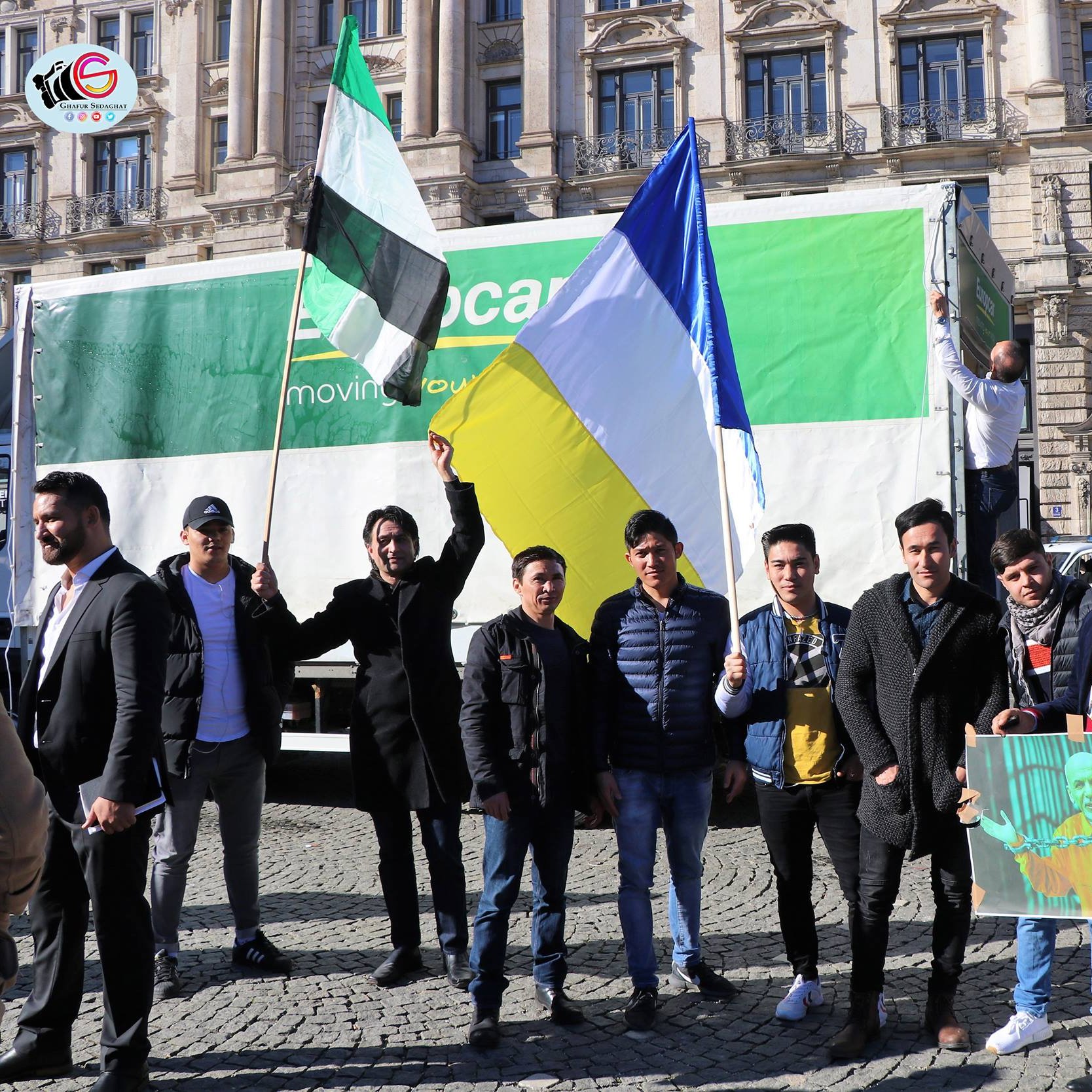
Munich Security Conference: Protest Against Talibanization, Pathanization, One-ethnic State, Ethnic Cleansing and Systematic Discrimination
Monday 18 February 2019 ,


